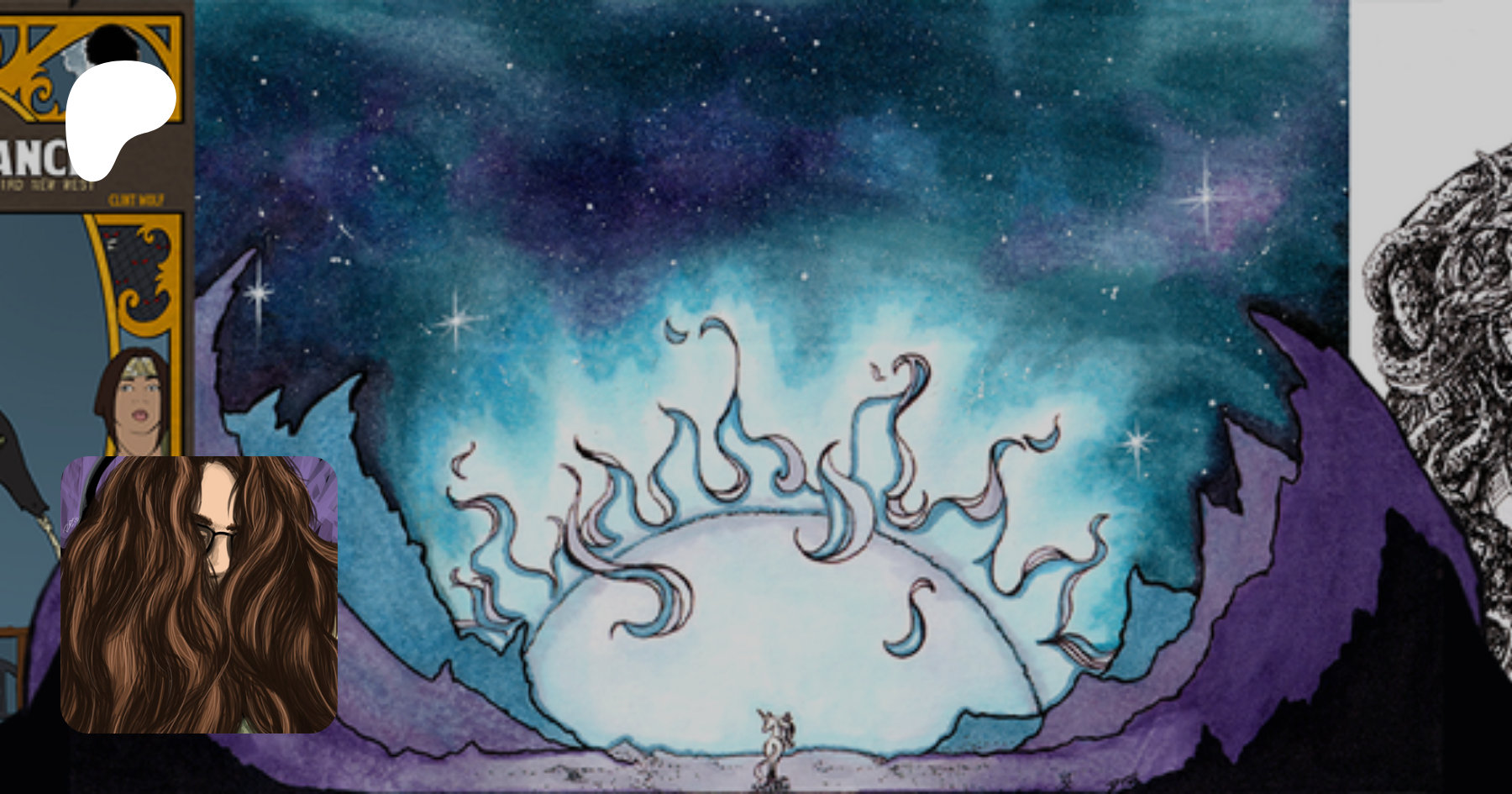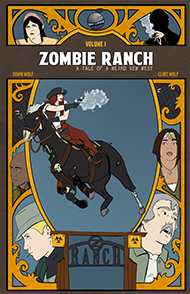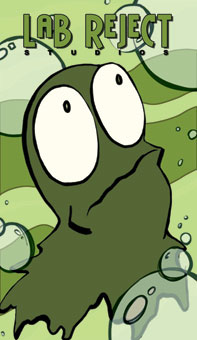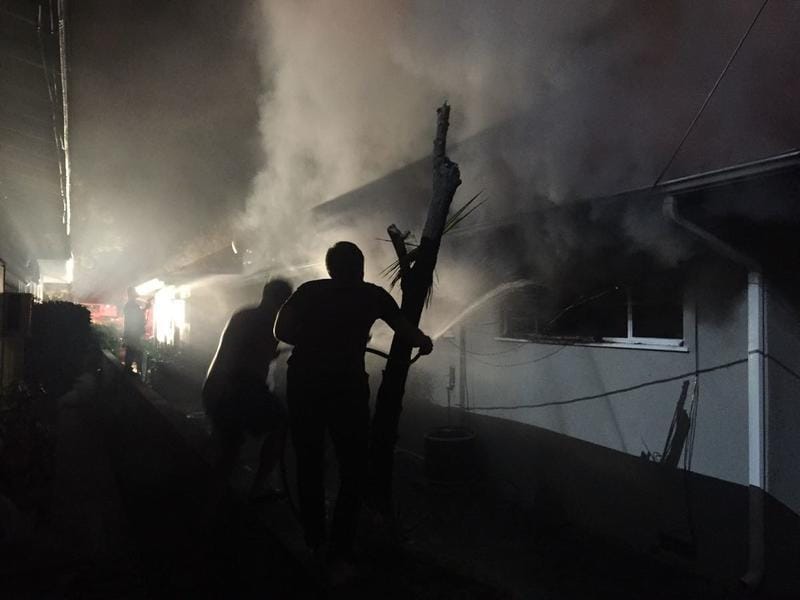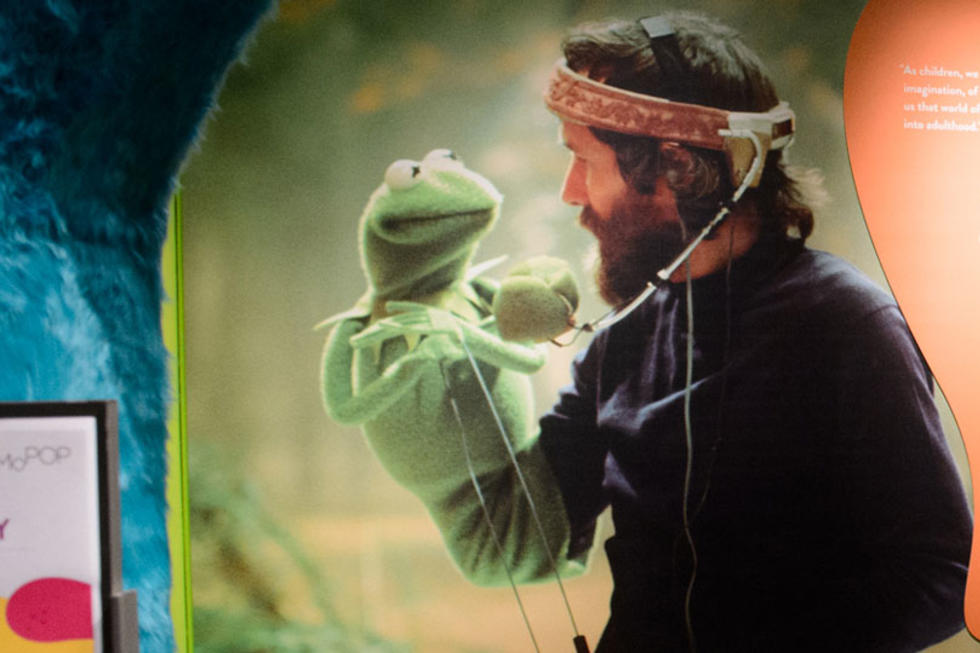It’s a tad ironic that I started this chapter with the Robert Frost poem about favoring fire. Our world didn’t end, in fact we came out of things not too bad off for having raging flames and smoke pouring forth about a bedroom’s length from our home. Smoke smell and debris is still everywhere but none of our stuff burned and as I write this we have water, power, gas and Internet back on, with the big question being if there’s anything that’s going to need to be rebuilt since we were in the same building. Compare that to the neighbors whose place actually caught fire. They don’t even have a home right now and they weren’t even here when it happened so wouldn’t have been able to save anything beyond what they took with them on their daytrip.
Sudden disasters are surreal things. Our first indication anything was wrong was a sound of breaking glass and yelling. I thought someone was having a fight and Dawn went to look, then came back in yelling there was a fire. You grab for things like wallets and keys and your pet (thankfully no kids here), trying not to panic, and you get outside and everything’s just smoke, noise and hollering. Is everyone out? Has anyone called 911? And by the way oh shit, the building you live in is on fire and for all you know it’s already spread into your own separating walls and all you can think of is grabbing a garden hose and watering the roof and the part of the blaze you can see.
It’s a little surreal. Okay, a lot surreal, as you can probably get a sense of by this photo some bystander snapped right as the fire trucks were finally arriving to take over from our amateur hour. Would have fit right into the X-Files.
Then of course you’ve got to get the hell out of the way and let the pros do their job, except okay, I admit I dodged the cops for a bit so I could unlock and open my own front door before anyone felt a need to bust it down. Then you go sit on the curb and watch and hope that the chainsaw the firefighters are taking onto the roof won’t be needing to cut a hole in your part of the ceiling, which would really suck if your part wasn’t in danger of burning. Then again burning would be worse.
I would guess they got the fire out pretty quickly after they arrived. Then there’s a lot of standing around while their machine sucks out as much smoke as possible, and then the forensics guys had to come inspect and record the site just in case of arson while the police interview the witnesses one by one. All signs point to this being an accident but it’s a procedure thing.
And well, that was my Friday night, and I could not hold with those who favor fire. How was yours?
